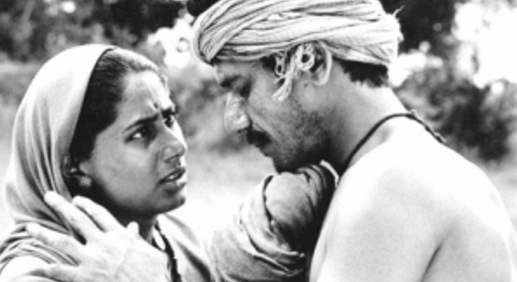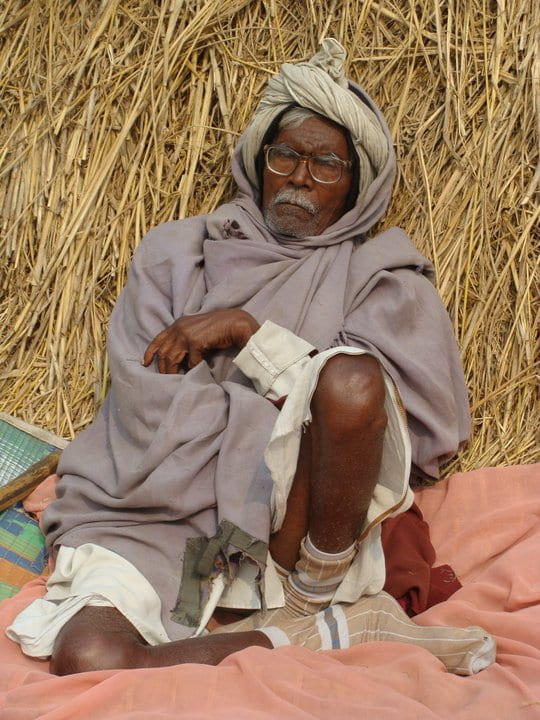This lesson can be preceded by Abolishing the Caste System Lesson plan by Rajni Bhargava
Proficiency level: Advanced Low; Time: 2X75 min.
Objectives: Students will be able to:
- describe the caste and class differences prevalent in India
- explain the history of the caste system and how it is practiced
- express agreement and disagreement in a debate context about the relevance of class and caste today
- suggest solutions to remove the caste limitations
Language Targets: Students will use appropriately:
- Progressive Aspects: -taa present participle + rahnaa e.g. bantii rahii (keep on –ing); -taa present participle + jaanaa, e.g. baRhtii gayii, ubharte gaye, juRte gaye (keep on –ing more and more or less and less)
- Passive voice: past participle + jaanaa, e.g. apnaayaa gayaa, ginaa jaataa rahaa hai.
Resources:
- https://www.youtube.com/watch?v=sjTGs1THhIQ (Sadgati, 20.00-23.00)
- https://www.youtube.com/watch?v=cEboCC9gTwU (Movie, Aarakshan, 33.00-36.00)
- http://www.hindikiduniya.com/social-issues/caste-system/ (An article on caste system)
Note: The authentic resources are taken from the YouTube and websites — a movie made by Satyajit Ray based on a story by Premchand. The story is about the caste struggle in a village in India. A laborer wants the priest to come for his daughter’s engagement and do puujaa (a ritual to bless his daughter because without that the ceremony will not be considered complete). Though he is ill but he still goes to his house and asks him to come but the priest is more interested in getting as much work done as possible from the laborer. The story has a tragic ending and it shows the superstitions and blind faith in the system and how everyone believes that they are bound by their karma and have to do their duties.
सद्गति कहानी प्रेमचंद ने लिखी है और इस फ़िल्म का निर्देशन सत्यजीत राय ने किया है। यह कहानी भारत के गाँव में जाति के संघर्ष के बारे में है। एक मज़दूर जो खेतों में काम करता है, वह चाहता है कि पुजारी उसकी बेटी की सगाई पर आये और पूजा करे( एक रीति है जब पुजारी मज़दूर की बेटी को आशीर्वाद देता है और उसके बिना पूजा अधूरी रहती है). जबकि वह बीमार है तब भी म?मज़दूर पुजारी के घर जाता है और उसे निमंत्रण देता है पर पुजारी को लालच है कि मज़दूर जितना उसका काम कर सकता है उसका करे। कहानी का अंत बहुत दुखद है और दिखाता है कि लोगों का धर्म प्रणाली में बहम और अंधविश्वास है और सबका मानना है कि सब कर्मों से बंधे हैं और सब को अपने कर्तव्य निभाने चाहिये चाहे कुछ भी हो जाए।
Episode 1: Students brainstorm on what they know about caste system in India. Instructor writes down the main points from students input related to caste system, which are different strata of the caste system, their designated duties and how this system has assumed a different meaning in the modern system. The instructor creates a concept map.
Episode 2: In groups, students read an article on caste system. Parts of the article are selected to give perspective on the caste system. Each group is given different sections to read. Students keep a journal to write the vocabulary which is unfamiliar to them. They use dictionary to find the word meaning facilitated by the instructor. The vocabulary is shared and added to their pool of learning. Students change groups on the basis of the assigned numbers given to them in the previous groups. Students share what they gathered in their piece of the article. Instructor asks questions related to the article. Students ask and answer questions to comprehend the meaning of the full text.
Episode 3: Students watch the movie clip of “Sadgati” and note down words and also cultural specific words which are new to them. Teacher facilitates in defining the meaning of words by meaning of association. In groups students are given different statements about the caste system, such as “caste is a curse on the society”, “caste defines the role of the individual in the society”, “caste does not hold any meaning in the modern society”, “caste has become more politicized”. Students in groups write few points based on their observation from the video and the article.
Episode 4:

They watch another clip of the movie from “Aarakshan” (Aarakshan is a movie on caste reservation and how language is changing around the caste, it is not only religious anymore but is socially and politically pervasive) and discuss caste and class issues. Students will note down the issues raised in the segment of the movie. They again add new words to their vocabulary journal and find its meaning. Students discuss the scenario of the movie, the characters and their role in the movie. Questions such as which class do they belong to and whether they should be given any privileges and if they have encountered any such problems in real life or in India. Is the movie close to reality or are in reality things different? How is it different from the part of the movie which they saw before? Student add more points to their discussion.
Episode 5a: Panel Discussion: Students organize a panel discussion on caste and class issues — a TV show. The discussion is on the “relevance of caste and class in today’s world”. Each group reports on their conclusions and justify why they came to their conclusions. Students play roles representing people from all walks of life: in each group students choose from the following roles: an educator, a minister/polititian, an ordinary person and a student.
Episode 5b: Trial: Students with higher proficiency organize a trial charging the pandit family, both husband and wife with murder. Students play the following roles: the vakil (attorney), the nyaayadhiish (judge), another villager, the wife of the deceased, an NGO activist familiar with the village, etc. Example of a student defense:
Episode 6: In the end students write on the blog about ways to fight injustice and take a step towards a more egalitarian society.
Suggested follow-up lesson plan: Dalits or back to Premchand page